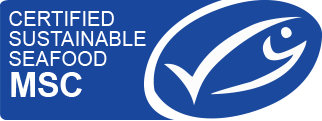
Sustainability policy
Does the company have a written sustainability and equitability policy with clearly defined canned tuna sourcing requirements that address the key issues outlined below?









Health of tuna stocks
Does the tuna come from stocks that are healthy and not overfished or being fished beyond their ability to rejuvenate?









Traceability
Is the tuna traceable from sea to can to store shelf? Are audits conducted to ensure the information is accurate?









Fishing methods used
Is the tuna caught using methods that avoid catching other marine life like sharks and turtles and baby tuna? Or is it caught using indiscriminate fishing methods such as conventional longlines and purse seines employing fish aggregating devices (FADs)?









Product labelling & consumer education
How easy is it for customers to know what is in the can? Can they find additional product information elsewhere without searching too hard?









Support for marine reserves & promoting industry change
Are proposed and existing marine reserves avoided by tuna fisheries sourced from? Is the company proactive in improving the industry, lessening its impact, and addressing the challenges our oceans face?









Commitment to ethical labor practices throughout the supply chain
Does the company know who is catching its tuna and how they are being treated? Is it committed to ensuring the well-being of workers throughout its supply chain? Is it actively working against slavery at sea?









Avoiding illegal, unreported or unregulated products
Can a company guarantee that their tuna supply chain does not include operators that engage in illegal activities that undermine fisheries management and exacerbate the overfishing crisis?



